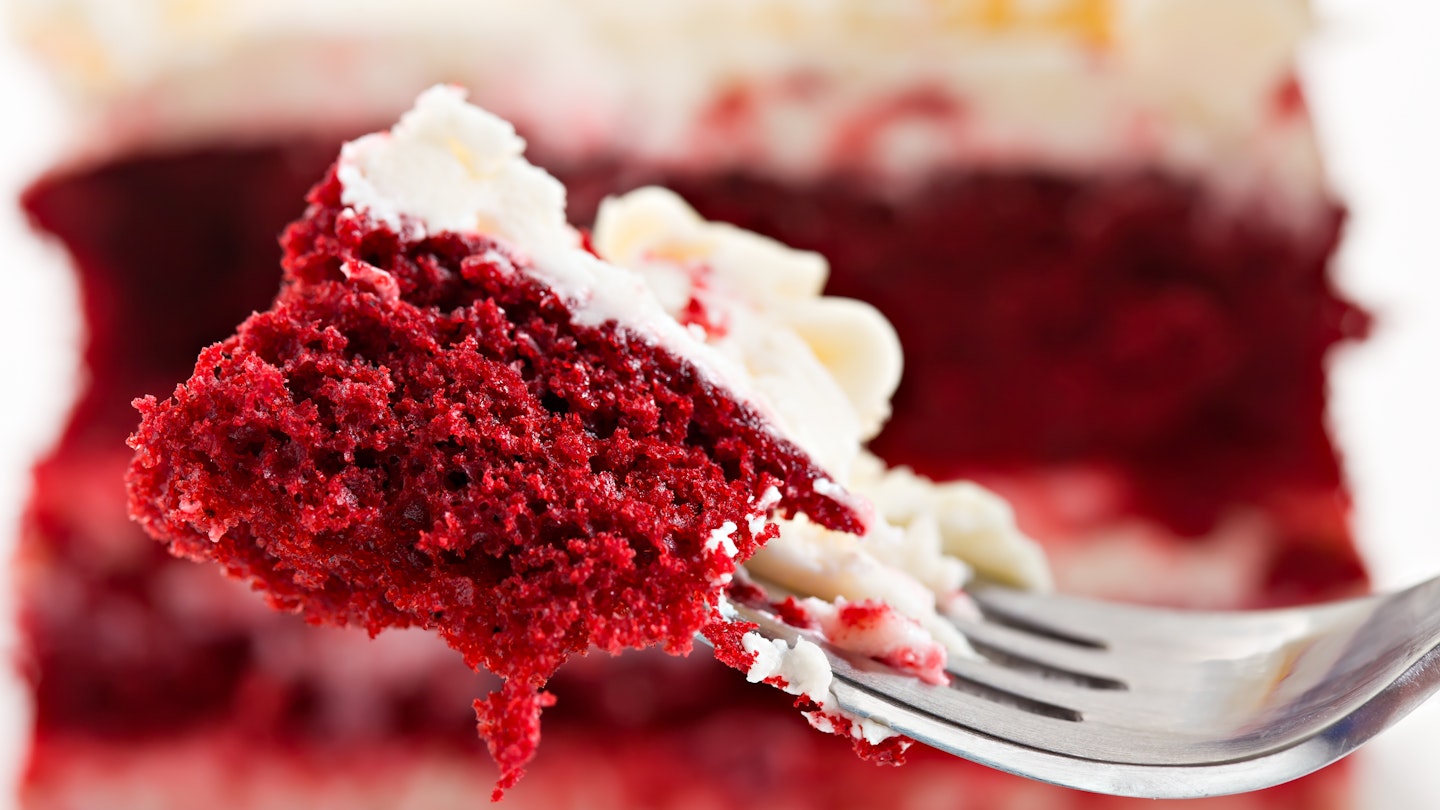Celebrating National Cake Day: A Sweet Journey
November 26 is National Cake Day in the United States, providing a splendid opportunity to indulge in the world of cakes. Cakes come in various forms and flavors across the globe; here are some top favorites from North America and its neighboring regions.
Red Velvet Cake
The iconic red velvet cake captivates dessert lovers with its rich chocolate flavor and creamy icing. Originating in the Victorian era, it distinguished itself from drier cakes, boasting a unique reddish hue due to the reaction between cocoa powder and acidic ingredients.

The cake gained widespread fame during the Great Depression when the Adams Extract Company introduced their red food coloring through a popular recipe, leading to its mass production. Additionally, the Waldorf Astoria Hotel in New York City served this dessert, contributing to its international acclaim. The popularity of red velvet cake further expanded into Canada during the 1940s and 50s.
King Cake
To celebrate America’s unique take on Carnival, known as Mardi Gras, one must not overlook the king cake. This dessert has various renditions throughout Europe and Latin America, heavily influenced by France’s galette des rois. Originally, a flat bean or nut was hidden inside, bestowing good luck upon the individual who discovered it. Nowadays, a plastic trinket, often shaped like a baby, serves this purpose.
The United States version, particularly from Louisiana (especially New Orleans), features a sweet ring of twisted dough decorated with sugar and often filled with cream cheese, cinnamon, or chocolate. If you find the baby, you’re tasked with providing the cake the following year as a cultural tradition.
Angel Food Cake
The airy Angel Food Cake is renowned for its exquisite lightness, achieved through a generous use of egg whites and sugar. This cake appeals to those seeking a lighter dessert option as it contains no butter. Its history remains somewhat opaque; however, it is believed to have emerged in the United States during the 19th century.
Some speculate its roots in the sponge cake recipes published in The Kentucky Housewife in 1839, while others credit bakers in Pennsylvania and St Louis for creating it. Regardless of its origins, Angel Food Cake endures as a cherished American dessert.
Boston Cream Pie
Despite its name, the Boston Cream Pie is actually a layered cake with cream or custard nestled between its two layers, topped with a rich chocolate glaze. As the official dessert of Massachusetts, it is believed to have evolved from early 19th-century jelly cakes. The famous Parker House Hotel in Boston is often credited for its popularization, particularly due to chef Augustine Francois Anezin who worked there in the 1860s and 70s.
Tres Leches
Tres Leches cake, translating to “three milks” cake, is a beloved dessert throughout Latin America, particularly esteemed in Mexico. This sponge cake is traditionally soaked in a mix of evaporated milk, condensed milk, and cream, then topped with a fluffy whipped cream layer, evoking a delightful tiramisu-like experience.
The cake’s rise to fame is thought to be influenced by Nestle’s introduction of recipes on condensed milk labels in the mid-20th century. Today, Tres Leches cake is a staple for celebrations and is gaining traction in the United States as well.
Caribbean Black Cake
Black cake holds a special place in Caribbean culinary traditions, especially around Christmas time. This indulgent dessert features dried fruits soaked in rum, spices, and burnt sugar known as “browning.” It is believed to have evolved from plum pudding introduced by British colonizers in the 18th century, replacing brandy with local rum.
Each Caribbean island boasts its own variations of black cake, often adding unique ingredients such as citrus or rose water, making it a cherished gift shared among family and close friends during the holiday season.





